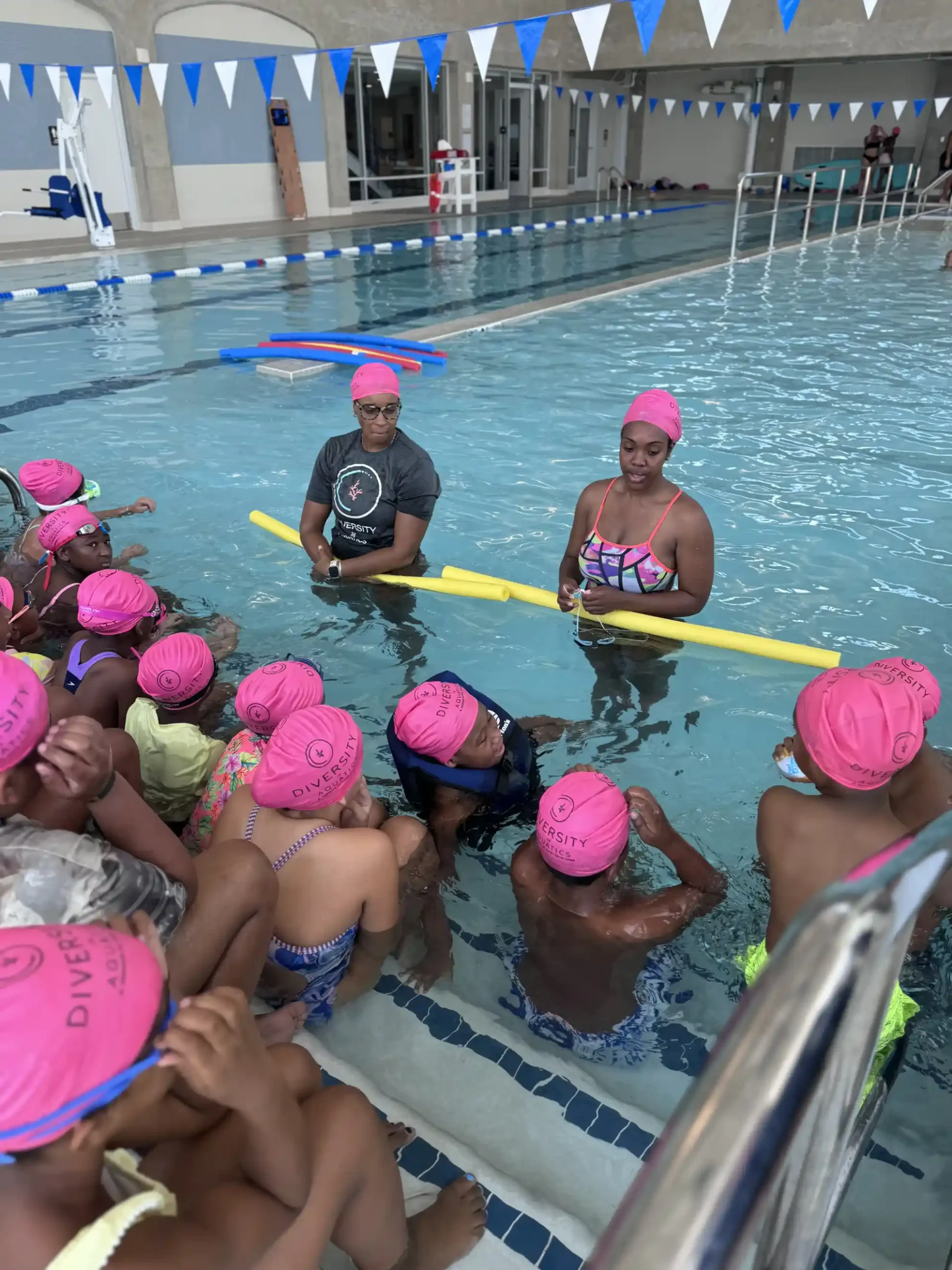Starting Your Journey in Competitive Aquatic Sports
Competitive aquatic sports are more than just a way to stay fit—they’re a gateway to personal growth, mental strength, and community. Yet, access isn’t always equal. Historical, social, and economic barriers often stand in the way of underrepresented individuals. This guide is designed to break down those barriers and make aquatic sports accessible to everyone—regardless of background or experience.
Whether you're just learning to swim or aiming for elite competition, this is your roadmap to success in the world of aquatic athletics.
Aquatic sports are diverse and dynamic. They include:
Each sport emphasizes different skills and has its own competition structure, ranging from local club meets to international events like the Olympics. Starting young is common, but it’s never too late to dive in.
To compete successfully, athletes need physical conditioning, mental focus, and consistent practice. Key steps include:
Be patient—progress comes with consistent effort and support from family, mentors, and peers.
Once training is underway, the next step is entering competitions. Here’s how:
Expect structured schedules, official rules, and a supportive network of coaches and volunteers to guide the experience.
Here are authoritative resources to explore competitive aquatic sports further:
Each site includes training resources, event calendars, and tools for athletes and families.
We envision a future where competitive aquatic sports are accessible, equitable, and empowering. By addressing historical injustices and creating inclusive programs, we open the door for every athlete to thrive.
Whether you’re a parent, coach, or aspiring swimmer, your role matters. Let’s build a culture where everyone has the chance to jump in and rise to their full potential.
Children as young as 5–6 can join beginner programs and swim meets
Basic swimming skills are usually required. Start with lessons, then move into team training.
Costs vary. Look for scholarship options, community programs, or subsidized training.
Yes—always consult a doctor, but swimming is often recommended for its cardiovascular benefits.
Absolutely. Many clubs welcome late beginners or offer Masters programs for adults.
Basics include a swimsuit, cap, goggles, and towel. Teams may have additional gear requirements.
Encourage balance, provide transportation, celebrate effort, and stay involved in their journey
Early programs may meet 2–3 times a week. Advanced levels can require daily practice and travel.
Ask for certifications, review safety protocols, and speak with current members.
Normalize nerves, focus on fun and effort, and celebrate growth over results.
